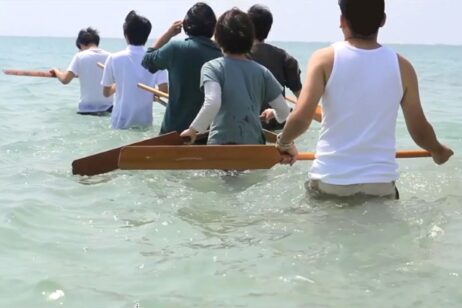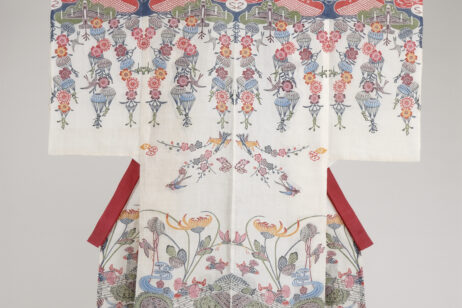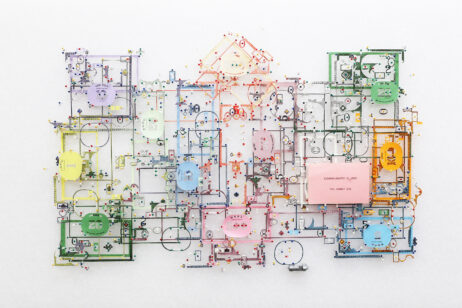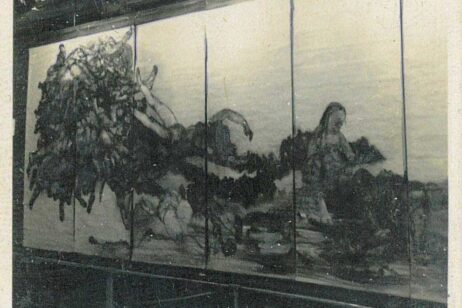6 October 2022
La Mer by Yuken Teruya
The Daiwa Anglo-Japanese Foundation is pleased to showcase Yuken Teruya’s first UK show, marking the 50th year of Okinawa’s reversion to Japan after the American occupation. Yuken Teruya is one of the most prolific Okinawan artists of his generation. His work is known for using humble objects – cardboard, paper bags, newspapers, board games, balloons – in ways that echo Okinawa’s historical narrative. It explores the ongoing psychological and political impact of power relationships and their effects on the natural world. In doing so, it attempts to disentangle individual memories from dominant narratives, leading us to critical understandings of our current situation. His works have delved into today’s critical thinking and discourses on democracy, identity, the US military presence, war, violence and ongoing issues related to colonialism. His voice is unique in Japan, yet resonates with audiences beyond.
More info







